What is 5GC?
5GC is short for 5G core network (5G Core).
The 5GC network architecture is shown as follows:
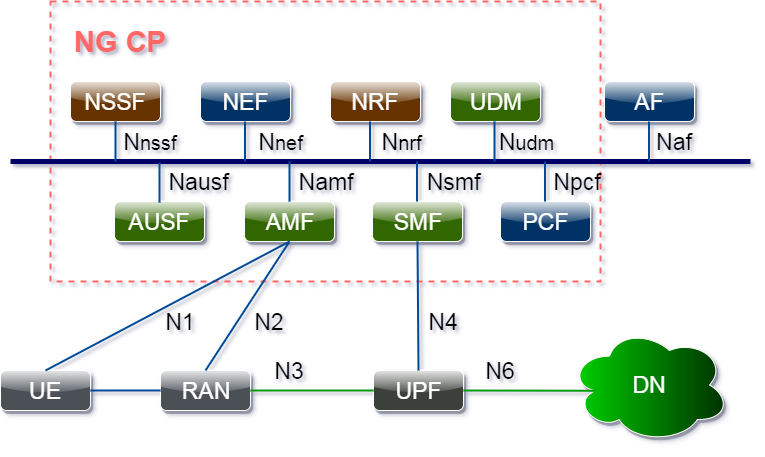
Corresponding to the above figure, the main network function modules in 5GC are shown as follows:
Network Function | External Service Interface | Function Description |
AMF | Namf | Perform mobility management, NAS’ MM signaling processing, NAS’ SM signaling routing, security anchor point and security context management, etc. |
SMF | Nsmf | Perform session management, UE IP address allocation and management, UP selection and control, etc. |
UDM | Nudm | Manage and store subscription data and authentication data |
UPF | N3/4/6 | Perform different user plane processing |
AUSF | Nausf | Perform identity authentication function for user access |
NSSF | Nnssf | Perform Slice selection |
NRF | Nnrf | Maintain the information of deployed NF and process NF discovery requests from other NFs |
Compared with the familiar network elements in 4G LTE, we can better understand the network functions in 5GC:
5G Network Functions | Compared with 4G Network Elements |
RAN | RAN / eNodeB |
AMF | NAS access control function in MME, terminate NAS signaling of AM layer, relay NAS signaling of SM layer |
SMF | Control plane function of session and bearer management in MME & SGW & PGW, to terminate NAS signaling of SM layer |
AUSF | Authentication function in MME |
UPF | The user plane function in SGW/PGW, corresponding to the SGW-U and PGW-U in CU separate architecture |
PCF | PCRF |
UDM | HSS |
DN | PDN, data network |
What are the key technologies of 5GC?
Based on the Network Function Virtualization (NFV) and Software Defined Network (SDN) technologies, 5GC uses the following 4S technologies (SBA, Slice, CUPS, and Stateless) to provide 5G network functions.
The 5GC adopts the SBA microservice architecture which evolves the single-NE multi-function feature in the LTE core network to the multi-NE multi-function feature in the 5GC.
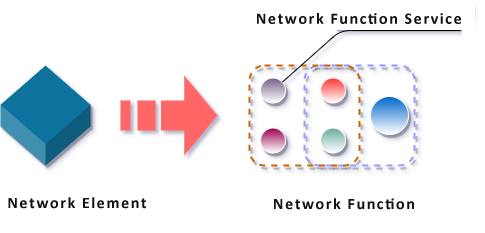
With the SBA, the 5GC enables decoupling and integration of network functions, that is, the network function services can be independently expanded or evolved, and deployed on demand.
The function services use the service registration and discovery mechanism to achieve plug-and-play and automated networking of network functions in the 5GC. A service can be called by multiple NFs, improving service reusability and simplifying service process.
Service process of 5GC network modules:
1) Service registration
The NF registers the supported service list to the NRF.
The NF can update and deregister services in the NRF on demand.
2) Service discovery
Service consumers can query the required NF and service list through the NRF.
The NRF only returns the authorized NF and service list.
3) Service authorization
The service provider or NRF determines whether a service consumer is authorized to call or discover a service.
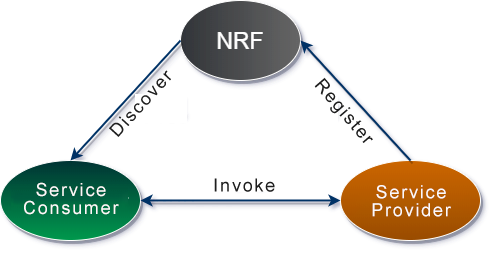
Slice
Slice refers to the division of the operator's physical network into multiple virtual networks. Each virtual network is divided based on the service requirements, such as latency, bandwidth, security and reliability, to adapt to different application scenarios.
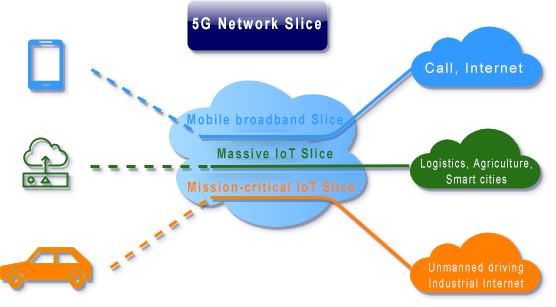
Specifically, the major application scenarios of 5G networks are as follows:
1) Mobile broadband
The application of ultra-high-definition video, holographic technology, Augmented Reality (AR), and Virtual Reality (VR) poses high requirements on the network bandwidth and speed.
2) Massive Internet of Things
A large number of Internet of Things (IoT) sensors are deployed intensively in the measurement, construction, agriculture, logistics, smart cities, and home scenarios. These sensors are densely and largely deployed, mostly are fixed, with low requirements on latency and mobility.
3) Mission-critical Internet of Things
When used in fields of unmanned driving, Internet of Vehicles, automatic plants, and telemedicine, the 5GC requires ultra-low latency and high reliability.
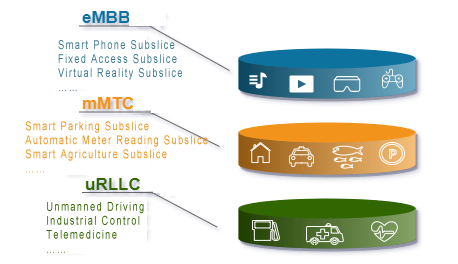
Control and User Plane Separation (CUPS)
It originates from the idea of separating the control plane from the data plane of SDN (Software Defined Network). The communication core network has always been evolving toward separation of the control plane and user plane. The purpose is to enable deployment of the network user plane in both the central data center and the access network (edge data center), thus achieving distributed deployment.
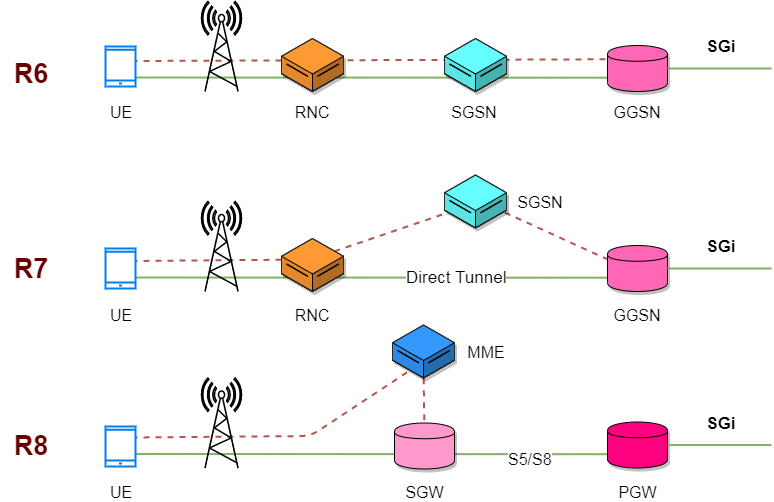
As the content can be deployed and distributed on the access network (edge data center) which is closer to users, the data transmission latency and network backhaul load are reduced. Only in this way can the millisecond-level latency of the 5G network be achieved.
This type of separation is critical for applications such as Internet of Vehicles. In this solution, the network operator deploys the EPC user plane in the urban data center so that it is closer to the applications, thereby reducing latency. This solution also applies to high-bandwidth applications like video. Because the core user plane is closer to end users, operators do not need to send the data back to the central service node. This reduces the cost of network deployment and improves the speed of application access.
Stateless
The stateless Service refers to the processing of a single request and does not depend on other requests.
Based on the stateless service, the 5GC can easily be scaled and enable horizontal expansion through load balancing and other means.
Moreover, uninterrupted 5G network services are provided to ensure the continuity of user network access.
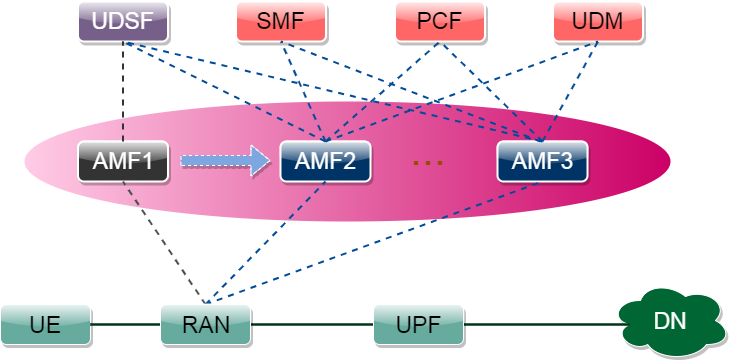
Trigger Scenarios
Scenario 1: Manually triggered by AMF1 maintenance
Scenario 2: Automatically triggered in case of AMF1 fault
AMF1→New AMF traffic migration process
The AN reselects the AMF and creates new UE N2 association.
The new AMF restores user context from the UDSF and updates N2 association to the AN without impact on N3.
The AMF interacts with the peripheral CP NFs to update AMF associations.
What are the improvements of 5GC over EPC?
UE Security
User SUPIs are encrypted and air interface information is transmitted in the form of SUCI to ensure UE security.
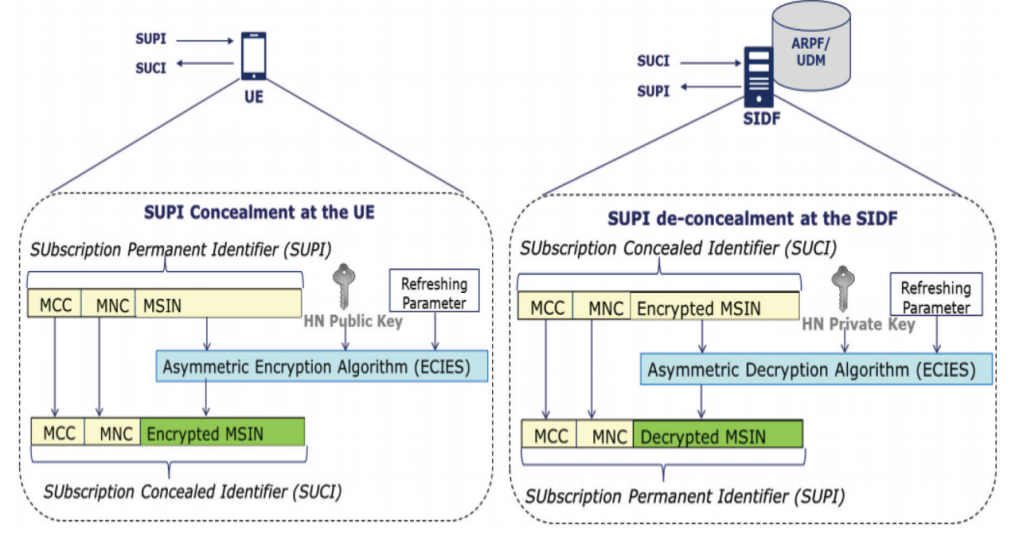
The two-factor authentication reduces masquerading of visiting AMF in the roaming scenario.
AMF authentication on UE
AUSF authentication on UE
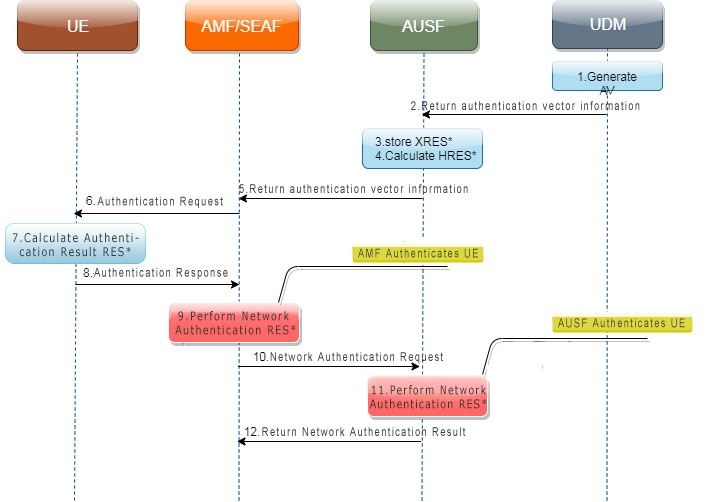
Separation of mobility management and session management
Separation of control plane and user plane
Compared with 4G EPC, the 5G has been enhanced in the following aspects:
5G | EPC | Remarks | |
Bearer | NO | Yes | 5G cancels the bearer definition and introduces a QoS flow with finer granularity. N3 GTPU tunnel: it changes from bearer level to PDU session level, and the packet header encapsulates QoS Flow ID (QFI). |
SSC Mode | Enhanced | Single | 5G introduces the concept of SSC (Service and Session Continuity) mode, supporting Anchor UPF (PGW) change process |
UL-CL Session Model | Yes | No | Easy to support LADN (Local Area Data Network) |
Multi- home Session Model | Yes | No | Easy to support LADN and SSC mode 3 |
Secondary Authentication of PDU Session | Yes | No | During PDU session establishment, the DN-AAA server performs secondary authentication on the session, enhancing AF's session control |
QoS Improvement
End-to-end LTE needs multiple dedicated bearers to provide UEs with services of different QoS guarantee levels. Its granularity is the EPS bearer.
The concept of bearer is replaced by QoS flow in the 5G network based on the requirement of fine QoS control of services.
A QoS flow ID (QFI) identifies only one QoS flow and is unique in a PDU session.
The mapping between flow and DRB is described. The 5G QoS is guaranteed by controlling the QoS flow, which can be preconfigured or maintained through the PDU session establishment/modification process.
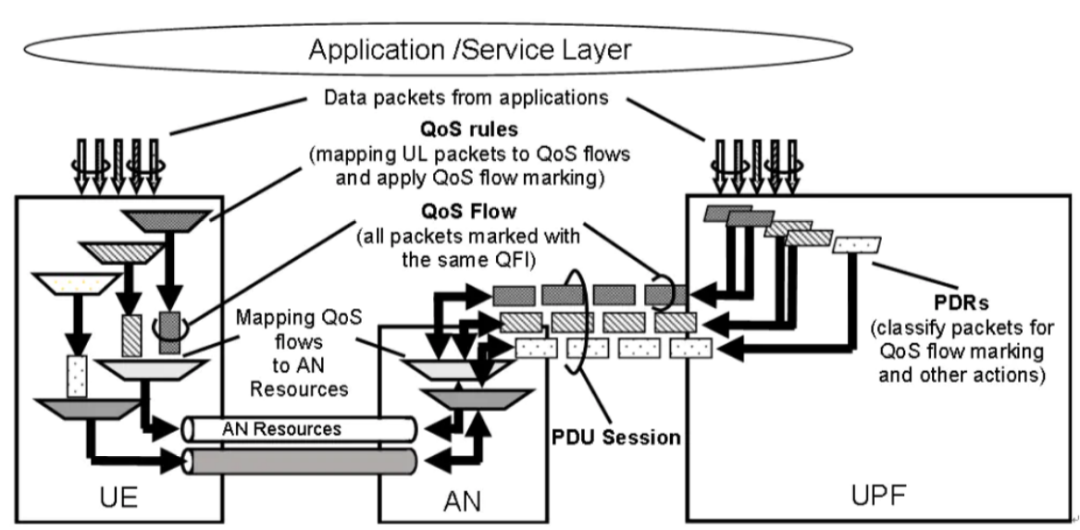
EPC/5GC Fusion
The 5GC can interoperate with 4G LTE EPC based on the following fusion strategies:
Fusion of UDM+HSS: unified subscription management
Fusion of PCF+PCRF: unified policy management
Fusion of SMF+PGW-C: unified session management anchor
Fusion of UPF+PGW+U: unified user plane tunnel anchor
The AMF supports N26 Interoperation interfaces.




+86-0755-86556659